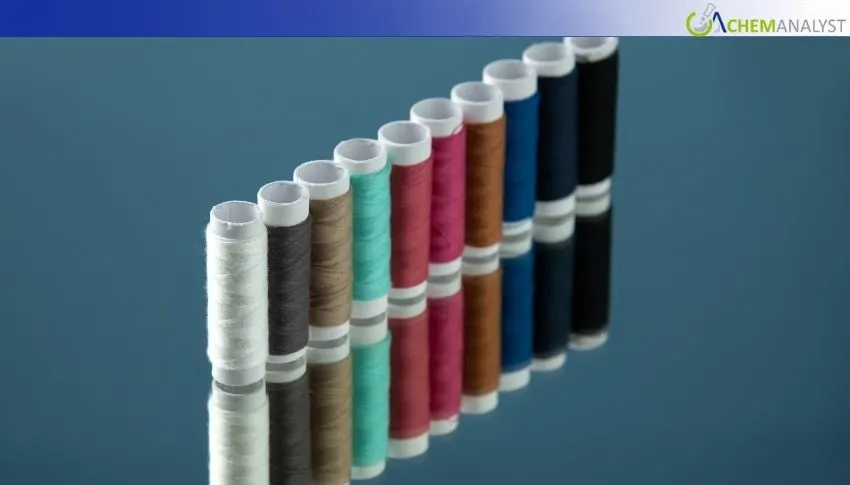Welcome To ChemAnalyst

In October 2025, Polyester Staple Filament (PSF) prices witnessed a bearish price trend across the key global markets. This is mainly due to the high availability of the materials across the key markets and the weakening production costs. Cost support from the feedstock MEG and PTA was insufficient, amid the weak upstream and crude oil market. In October 2025, the prices of crude oil experienced a drastic fall on various exchanges in the world. WTI crude oil prices declined EIA reported a two-week drop in crude oil prices during the first three weeks of the month. Crude oil prices hit a two-week low of USD 58.30 per barrel on October 17, 2025, and a high of USD 61.65 per barrel on October 3, 2025. PSF demand conditions across the market were also unsatisfactory, and key markets experienced economic and tariff influence, weakening domestic as well as export market demand.
In the United States, prices for the PSF witnessed a bearish trend during the month, while the prices remained stable during the early half of the month, it declined later. PSF prices in the US market declined by 1.6% during the week ending on October 24, 2025. This is mainly attributed to the insufficient cost pressure from the feedstock market and significant supply demand imbalances. In the domestic market, Feedstock PTA prices remained stable while another feedstock MEG declined by 11.4% during the period, due to the low-cost support from upstream.
Supply for the PSF remained ample, despite the tariff on the import, cheap overseas materials were available for this period. Though, the demand for PSF was weak during the period as US consumer confidence eased in October and the retail outlook weakened. Downstream apparel producers scaled back procurement and aligned it for only immediate production rather than speculative stocking. Further exports for the textile mills are also slow, and mills operations were also adjusted accordingly.
European PSF market mirrored the same trend observed across the US market. In Germany, PSF prices declined by 4.2%, coupled with the cheap overseas imports, low production costs and the limited downstream market demand.
In the APAC market, PSF prices went along the same way in October 2025. PSF prices dropped by 1.2% in the week ending 24 October. Demand weakness along with a dull feedstock market dictated the PSF price path. Domestic consumption decelerated during national holidays, limiting the flow of the market and new orders.
Demand from exports also weakened due to industry-wide tariff-related headwinds and fewer overseas inquiries. On 10 October, President Trump announced on Twitter a broad-based trade action that would double tariffs on all Chinese goods—textiles and yarn included—from 15 to 30 per cent, with effect from 1 November, casting a further pall over trade sentiment. The prolonged U.S. tariff conflict t continued to pressure China’s textile and apparel exports.
According to the General Administration of Customs, textile and apparel exports in September totaled USD 24.42 billion, reflecting a 1.4% year-on-year decline. Apparel exports reached USD 12.45 billion, down 8%, a smaller drop of 2.1 percentage points month-on-month. Though, the arrival of cold fronts has led to a rebound in demand for winter fabrics, supporting the order side during late months. Feedstock market weakness persisted amidst the weak upstream and the commissioning of new plants. During this period, MEG and PTA prices declined by 3.1% and 3.4% respectively.
We use cookies to deliver the best possible experience on our website. To learn more, visit our Privacy Policy. By continuing to use this site or by closing this box, you consent to our use of cookies. More info.
